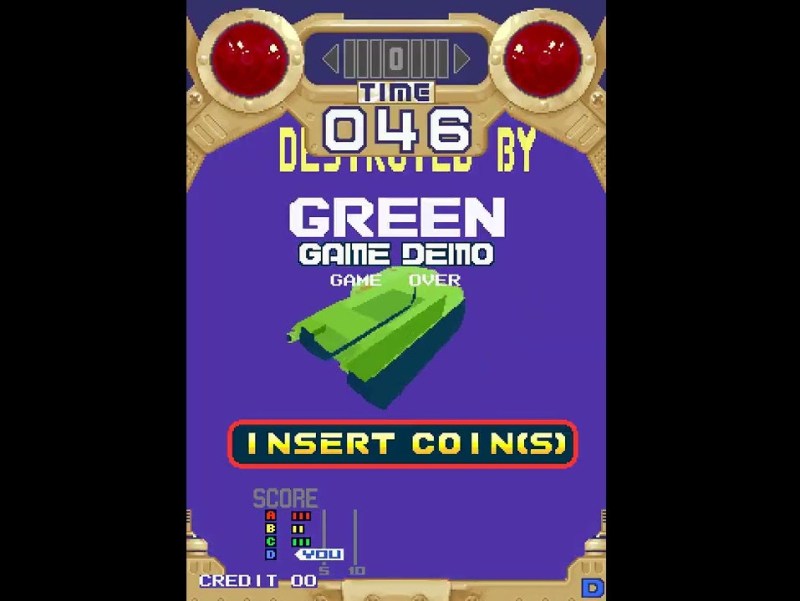When fully-3D video games started arriving in the early 90s, some companies were more prepared for the change than others. Indeed, it would take nearly a decade of experimentation before 3D virtual spaces felt natural. Even then, Konami seems to have shot themselves in the foot at the beginning of this era with their first foray into 3D arcade games. [Mog] shows us the ins-and-outs of these platforms while trying to bring them back to life via MAME.
These arcade machines were among the first available with fully-3D environments, but compared to offerings from other companies are curiously underpowered, even for the time. They include only a single digital signal processor which is tasked with calculating all of the scene geometry while competing machines would use multiple DSP chips to do the same job. As a result the resolution and frame rate are very low. Nonetheless, [Mog] set out to get it working in MAME.
To accomplish this task, [Mog] turned to a set of development tools provided to developers for Konami in the early 90s which would emulate the system on the PCs of the time. It surprisingly still worked on Windows 10 with minor tweaking, and with some other tools provided over the decades of others working on MAME these old Konami machines have some new life with this emulator support.
Not everything works perfectly, but [Mog] reports that most of the bugs and other issues were recently worked out or are being actively worked on by other experts in the field. If you remember these games from the arcade era of the 80s and early 90s, it might be time to grab an old CRT and fire this one up again.
















Just to clarify: The Motorola simulator was just a sim for the DSP56156 itself, which was a standard (but little-used) entry in their DSP56100 line. It wasn’t an emulator for the arcade system at all, and it wasn’t provided specifically to Konami, but instead available to anyone.
Part of what made debugging the DSP code so awkward using the Moto sim was that on real arcade hardware, there was bankswitched RAM attached to certain DSP address ranges, which could be switched out based on values written to an external port. As the Motorola simulator has no concept of this, anytime the DSP program would swap banks, I would need to save out the newly-visible RAM from MAME’s debugger, then convert it to Motorola’s custom .LOD format, then load it in the Moto sim.
this game sucked pretty hard. It was literally just a quarter muncher, was not very fun at all. I learned to avoid those games that deliberately ate my quarters and provided little to zero fun. Wasn’t long before operators realized nobody was playing it and replaced the cabinet with something decent.
Yeah, both Polygonet Commanders and Poly-Net Warriors had a lot of potential, but both were completely screwed over by the abysmal frame rate and poor gameplay balance. They could be fun to play, but quite simply are not.
The existence of games like Unreal Tournament less than a decade later, and the presence of first-person arena deathmatch games even today is a pretty strong indicator that the overall formula could have been a hit. But the actual execution was done in the most cheap-out, slipshod way possible.
I spent 7 years in the arcade business, and I have no recollection of this game, and after viewing this video, I can see why. 1993 was pretty late in the game for something this shoddy to be released. I don’t think any self respecting shop would have allowed it on the floor. We had five locations that we rotated the “Feature” games through. 3D polygonal games with special cabinets like “Hard Drivin’ “, “Starblade” or “B.O.T.S.S.” would generate quite a bit of revenue with a couple of weeks gig at each location, and do it all over again as it returned. They could be constant cash cows for months at a time, paying well for the sweat and toil it took to break them down and move them.
I pity anyone who was stuck with these dogs. The Vintage Arcade Preservation Society list only 1 original dedicated cabinet, and two other owners who have boards only. Not surprising, as we would regularly strip poor performers like these down and convert them to more profitable games.